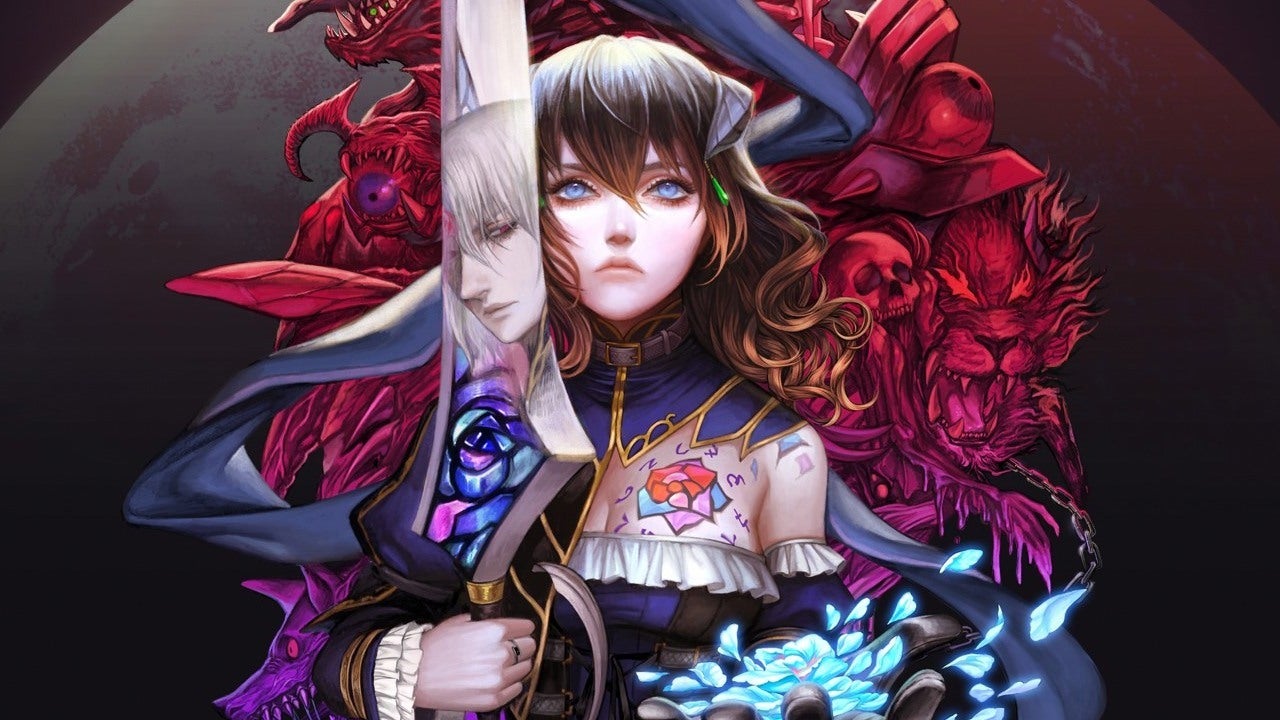When the Kickstarter campaign for Bloodstained: Ritual of the Night launched in 2015, fans of classic 2D action-platformers were abuzz with anticipation. Created by Koji Igarashi, the visionary behind the beloved Castlevania series, Bloodstained promised to bring a nostalgic blend of gothic horror and intricate gameplay. The journey from concept to the final game involved a fascinating evolution of art and design, reflecting a dedication to both innovation and tradition.
Early Concepts and Design Principles
The initial concept for Bloodstained drew heavily from the aesthetics of classic Castlevania games, emphasizing gothic architecture, dark environments, and detailed character designs. During the pre-production phase, the development team at ArtPlay and DICO focused on creating a visually rich world that would capture the essence of the genre while incorporating modern design elements. Early concept art featured intricate illustrations of the game’s main character, Miriam, along with various monsters and settings, showcasing a blend of traditional and contemporary styles.
The design principles during this phase revolved around maintaining the classic side-scrolling gameplay while enhancing it with new mechanics and visual flair. The team sought to modernize the game without losing the nostalgic charm that fans cherished. This included detailed character sprites, atmospheric environments, and fluid animation sequences, all meticulously crafted to create an immersive experience.
Development and Artistic Direction
As development progressed, the game’s artistic direction evolved to address technical constraints and design goals. One of the significant changes involved the shift from pixel art to high-definition, hand-drawn graphics. This transition allowed for greater detail and more expressive character animations, contributing to a more vibrant and dynamic visual experience.
The character designs underwent several iterations, with artists refining Miriam’s appearance and abilities to ensure they aligned with the game’s dark, gothic theme. The process involved a series of concept sketches, 3D models, and animation tests to capture the desired look and feel. The development team also focused on creating diverse and intricate enemy designs, each with its unique visual style and behavior.
Environmental Art and Level Design
Environmental art played a crucial role in shaping the atmosphere of Bloodstained. The game features a variety of settings, including haunted mansions, eerie catacombs, and cursed forests. Each environment was designed to evoke a specific mood and challenge players with unique visual and gameplay elements. The team employed a combination of hand-painted textures and dynamic lighting effects to create visually stunning and immersive levels.
Level design was closely integrated with environmental art, ensuring that each area provided a cohesive experience. The development team carefully crafted the layout of each level, incorporating platforming challenges, hidden secrets, and thematic elements that enhanced the overall gameplay. This attention to detail contributed to a well-rounded and engaging experience, where the art and design worked in harmony to create a memorable adventure.
Final Touches and Refinements
In the final stages of development, the team focused on refining the art and design elements to ensure they met the high standards set by the project’s vision. This involved polishing character animations, fine-tuning environmental details, and optimizing performance to ensure a smooth and visually appealing experience. The feedback from early access players and reviewers played a crucial role in identifying areas for improvement and making necessary adjustments.
The inclusion of a robust customization system also allowed players to personalize their experience, adding another layer of depth to the game’s visual appeal. This feature, combined with the rich art and design, contributed to the game’s overall success and reception.
Bloodstained Official Shop
The artistic journey of Bloodstained: Ritual of the Night is not just limited to the game itself. The Bloodstained Official Shop offers fans a chance to celebrate the game’s art and design through a variety of merchandise. From detailed art prints showcasing the game’s gothic environments and character designs to themed apparel and collectibles, the shop provides a way for fans to immerse themselves further in the world of Bloodstained.
The merchandise reflects the game’s commitment to quality and design, offering fans a tangible connection to the artwork and creativity that went into the game’s development. Whether it’s a framed print of Miriam or a T-shirt featuring iconic artwork, the Bloodstained Official Shop allows fans to carry a piece of the game’s evolution with them.
Conclusion
The evolution of art and design in Bloodstained: Ritual of the Night represents a fascinating blend of tradition and innovation. From its early concepts to the final game, the journey reflects a commitment to creating a visually stunning and immersive experience. The meticulous attention to detail in character design, environmental art, and level creation contributed to the game’s success and enduring appeal. Through the Bloodstained Official Shop, fans can continue to celebrate and engage with the game’s rich artistic legacy, enjoying a tangible connection to the world that Koji Igarashi and his team brought to life.

